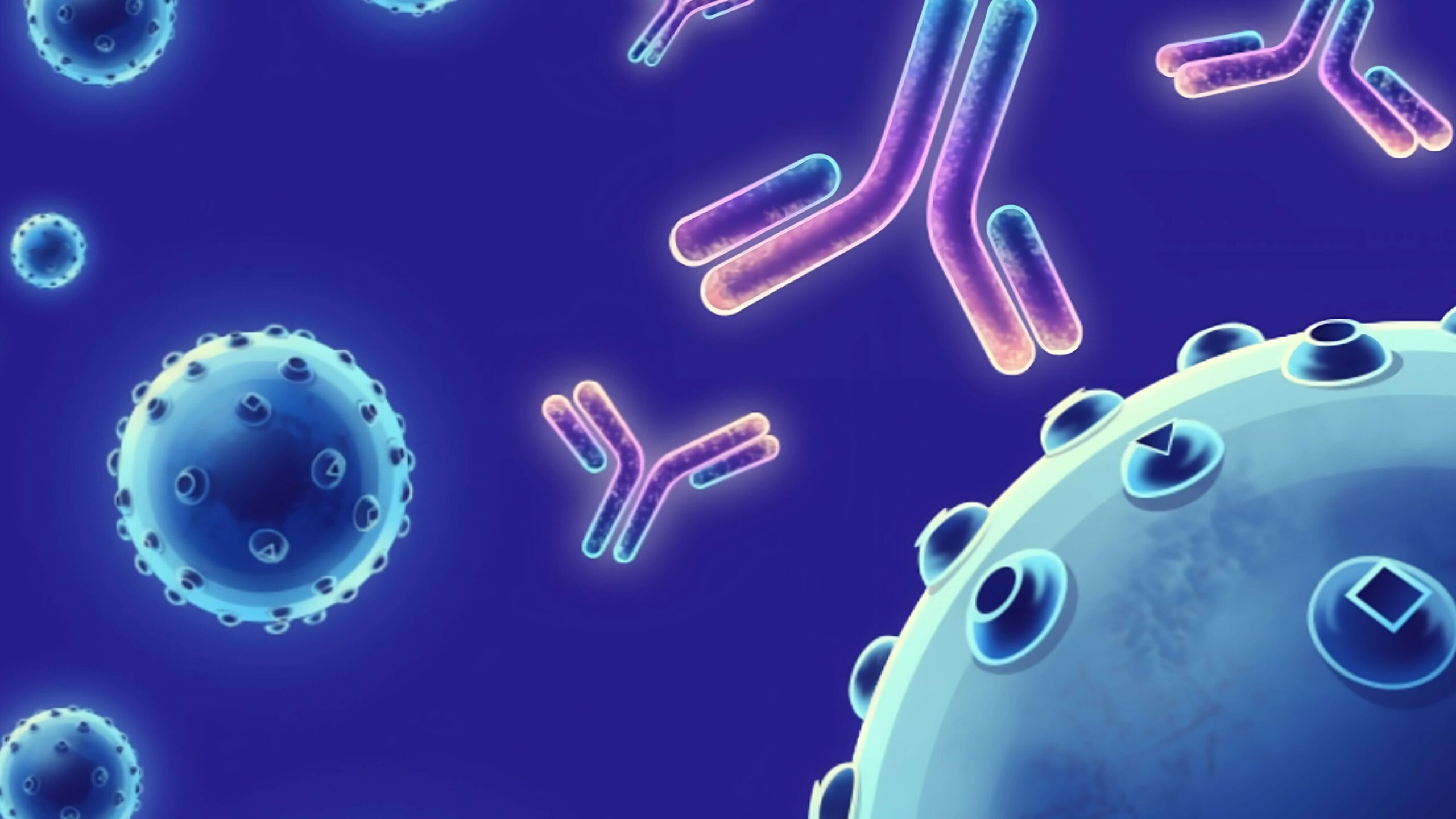Description
anti-HMGB1, monoclonal antibody (recombinant) (Giby-1-4) (Biotin) is composed of human variable regions (VH and VL) (lambda-chain) of immunoglobulin fused to the human lgG2 Fc domain. Anti-HMGB1, mAb (recombinant) (Giby-1-4) (Biotin) is an antibody developed by antibody phage display technology using a human naive antibody gene library. These libraries consist of scFv (single chain fragment variable) composed of VH (variable domain of the human immunoglobulin heavy chain) and VL (variable domain of the human immunoglobulin light chain) connected by a polypeptide linker. The antibody fragments are displayed on the surface of filamentous bacteriophage (M13). This scFv was selected by affinity selection on antigen in a process termed panning. Multiple rounds of panning are performed to enrich for antigen-specific scFv-phage. Monoclonal antibodies are subsequently identified by screening after each round of selection. The selected monoclonal scFv is cloned into an appropriate vector containing a Fc portion of interest and then produced in mammalian cells to generate an IgG like scFv-Fc fusion protein. Recognizes human, mouse and rat HMGB1. Species cross-reactivity: Human, Mouse, Rat. Clone: Giby-1-4. Isotype: Human IgG2lambda. Applications: ELISA, WB. Host: Purified from HEK 293 cell culture supernatant. Liquid. In PBS containing 10% glycerol and 0.02% sodium azide. HMGB1 was originally discovered as an essential DNA-binding protein for regulating p53, NF-kappaB and other important proteins. It is secreted from activated dentric cells, macrophage and nectrotic cells, and acts as a ligand for RAGE, TLR-2 and TLR-4 expressed on surrounding cells. As a result, HMGB1 activates Rac, CDC42 and NF-kappaB inducing localized innate immunity of damaged tissue, tissue regeneration by recruitment of stem cells and hemostasis by induction of tissue factor expression. HMGB1 is also a causative agent of various diseases as it causes localized inflammation such as arteriosclerosis, chronic rheumatoid arthritis and nephritis.
Target
HMGB1
Target Alias Name
High Mobility Group Protein B1
Isotype/Mimetic
Human IgG2lambda
Animal-Derived Biomaterials Used
None
Sequence Available
Yes
Original Discovery Method
Human-derived phage display
Original Discovery Information Provided On Datasheet
Yes
Antibody/Binder Origins
Animal-free discovery, In vitro recombinant expression

